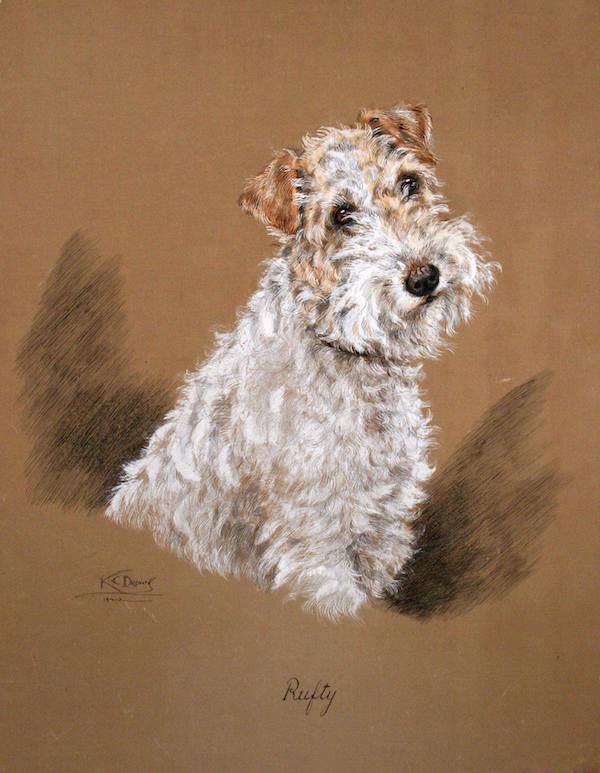
John Walsh, writing under the name, “Stonehenge,” wrote in 1849 that many then present-day breeds were the result of crosses using a variety of other breeds.
To wit, Greyhounds might be introduced to a breed to add speed, terriers to improve courage, Bulldogs to bring tenacity and courage, and assorted hound breeds to enhance scenting abilities. Current critics of purebred dogs may cite this as an “aha!” fact to support “designer breeds,” but as we see it, it’s important to remember two things: First, early breeders had specific goals in mind for their breeding programs, goals that had little to do with money or a cutesy breed name that would lead to more of the first.
More importantly, what Stonehenge underscored is that it was the predictability of breeds that induced those breeders to incorporate certain breeds in the first place. Greyhounds were known to be fast. Terriers were known to be feisty and courageous. Bulldogs could be relied upon to be tenacious.
Forgive us for using color as an analogy, but when red paint is introduced to white paint, it’s known to produce pink (the shade or tint dependent upon the amount of red used). When blue is added to yellow, it’s known to produce green. Mixing colors is eminently less complicated than the science and art of dog breeding, but it helps put in the simplest of terms the importance of predictability.
When we first shared a variation of this post on Facebook, we got some marvelous comments we share below:
“Karen” wrote: “Livestock breeders take advantage of the predictability of crosses using purebreds to bring traits they want to the offspring. They also maintain herds/flocks of carefully bred purebreds to maintain that predictablity they use to advantage in the crosses. They may utilize other farmer’s stock for that, but the purebreds are necessary to the process. Crossing the purebreds gives a predictable outcome; crossing the crosses does not. Eventually it could, but it is entirely possible that it would not maintain the traits that are the ones useful in the first generation crossbreds.
Breeders have also added a particular breed or breeds as part of a plan to improve a particular quality or sets of qualities with evaluation of the result as an important step, as with what is described in the OP. This is still done in some cases, but is done with structurally good individuals of the breed(s) being used. The horse breeds considered “warmbloods” still go out to Thoroughbreds and Arabians for example, and a number of newer cat breeds have one or more allowable outcrosses in their breed plan, usually for a defined period of time, after which it is re-evaluated;”
From Julie: “A long time English Setter person made a comment to me at the 1987 national………clearly it struck me as insightful given that I recall it now. She said, ‘Breeding dogs is not like mixing paint, it’s more like mixing marbles.” In other words, black and white doesn’t give you grey. If you breed a bitch with a ugly head to a stud with a lovely head, the litter will give you some pretty heads and some not so pretty heads. ………mixing marbles.’
And Katherine added: “I would respectfully offer for consideration that there has always been money involved, as raising good dogs isn’t cheap, and that professionals and experts who have devoted lifetimes to these pursuits deserve to be paid accordingly for their work. ‘Profit’ is not a four-letter word and people should appreciate what goes into refining and producing great dogs. We shouldn’t be casting aspersions on money involved in dog breeding any more than we do fine cabinetry or anything else!
Image: Wire Fox Terrier “Rufty” watercolor and ink on card c 1942 by K. C. Brown. This piece is available for purchase here: http://
